‘Subtitles aren’t just for deaf people,” read the tweet that started it all. “Lots of my hearing friends use them, too. If you’re hearing and using subtitles on Netflix and TV, and would quite like them at the cinema, please retweet to help normalise their presence!”
This recent post by @deafgirly (AKA Deafinitely Girly) swiftly garnered close to 75,000 likes and a deluge of replies. “I was confused at first when I saw it had gone viral,” says the 30-year-old blogger and campaigner from London, who prefers to go by her Twitter name. “I was out for lunch with my mum and my phone started going crazy. I was really pleased though, because there was overwhelming global support from people of all ages for subtitles. Even the people who said they didn’t really like them at the cinema said they’d tolerate them if it meant deaf people could attend more screenings.” One woman even told DG she used subtitles when she was too stoned to listen to her favourite shows.
As the tweet and its many replies made clear, it’s not just deaf people who rely on subtitles in 2019. What was once a question of accessibility and a mainstay of foreign-language broadcasts is becoming an inescapable part of visual media. In a piece for US site The Outline earlier this year, journalist Sean Neumann claimed that closed captioning saved his relationship with Game of Thrones, by allowing him to read and process the huge amounts of information in each episode. (“Wait, who’s Lord Mormont again? And he’s different than Ser Mormont?”)
Elsewhere, TV memes with captioned dialogue have become the norm on social media; No Context Twitter accounts – which divorce a show’s script from its original meaning – are springing up.
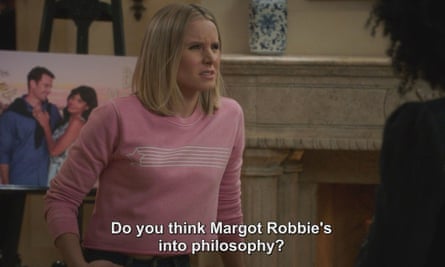
Among the many replies DG received were lots of teenagers and people in their early 20s who said they liked using subtitles because it allowed them to multitask. Besides, with TV shows often plagued with claims of unintelligible ambient sound (Shane Meadows’ The Virtues being the latest), it’s little wonder that subtitles seem to be all around.
A startling Ofcom study from 2006 estimated that, of the 7.5 million UK TV viewers using subtitles, only 1.5 million had a hearing impairment. That figure may be 13 years old, but the regulator says: “Our understanding is that subtitle use has increased as the use of smart/mobile devices has increased, as more and more people watch programmes or videos on commutes.”
Christina McDermott, a social media manager, explains the shift in more detail. “There’s nothing worse than sitting somewhere quiet, only for some viral content your mum’s put on Facebook to start blaring out at you,” she says, adding that subtitles can hook in casual viewers. “From an industry perspective, we’re always looking for the ‘thumb-stoppers’ – bits of short video that will make people stop what they’re doing and watch until the end.” Up to 85% of Facebook videos, she adds, are watched without sound – and thus with subtitles.
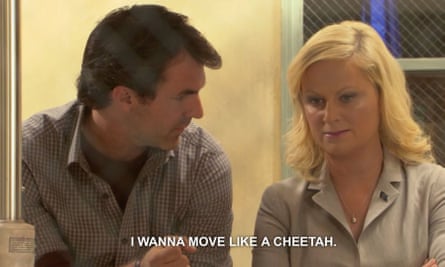
This sense of grabbing audiences’ attention through text rather than visuals led New York Times writer Amanda Hess to point out that “viral video-makers are reanimating some of the same techniques that ruled silent film over 100 years ago”.
Increasingly, social media is the lens through which people watch TV – and TV then pushes them back to social media. Take Love Island, which spawns a new glut of Instagram influencers every series. Deep within this feedback loop is a meme culture that means, if you’re quick enough to put a funny screengrab online complete with caption, you could be looking at likes and retweets well into five figures. And, of course, there are those No Context accounts that even programme-makers have dabbled in. Netflix’s official Twitter account for its show Sex Education is called “no context sex education” and just features grabs from the show.
Mollie Goodfellow, a writer and social media creative, believes keeping the subs on is “definitely easier than doing captioning yourself”. But that’s not the only reason she watches with words. “I’ve used subtitles since my teens,” she says. “I don’t have anything [such as ADHD] diagnosed. But I find that if there’s other stuff happening in the area I’m trying to watch, or if the movie is a loud action film, it’s easier for me to keep up if the subtitles are on.”
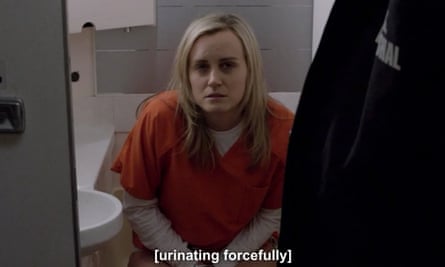
Intriguingly, it seems that subtitles seem to appeal particularly to children. Henry Warren is the co-founder of Tots, or Turn on the Subtitles, a new campaign urging programme-makers to add captions to shows aimed at primary school pupils. Inspired by research conducted by an Indian academic, Brij Kothari, Warren and his business partner Oli Barrett decided to see whether broadcasters would take note of stats linking subtitles to hugely increased levels of literacy.
“The numbers [in existing studies] looked too good to be true,” Warren tells me between meetings with leading UK broadcasters. “So we tried to understand it a bit more, and found there were a number of different eye-tracking experiments that backed this up. Once kids can decode five words or more, they do start reading along.”
Warren sees Tots’ role as “joining the dots” between academic bodies such as the National Literacy Trust and big broadcasters, initially with the aim of making subtitling the norm for programmes aimed at children aged six to 10. “I think it will come to a point where we don’t think about it,” he says. “They will just be there.”

But what do deaf people think? Anna Gryszkiewicz, who is 39 and lives in Östergötland in Sweden, was diagnosed with sensorineural hearing loss in her 20s and began using captions. Mostly, she sees the rise in captioning as a positive development: “It has been so much easier to find or to request captions today, compared to 15 years ago.” Deaf people, she adds, “have such an advantage living today”.
The rise of big tech brings with it concerns over the quality of subtitling. YouTube uses often garbled, computer-made captions. “My main worry is the over-belief in technology, such as autocaptions,” says Gryszkiewicz. “I’m an engineer and love technology, but we cannot lose sight of the social aspects of hearing loss. Language, communication and social interactions are complex. The effect of having hearing loss or being deaf is different from what hearing people imagine it to be – and the impact on communication is often underestimated.
“I understand that good captions and other accessibility features are expensive and it’s not unreasonable to look into technology to reduce costs, but I hope our opinions are taken seriously when we try to explain what kind of accessibility is helpful and what isn’t.”
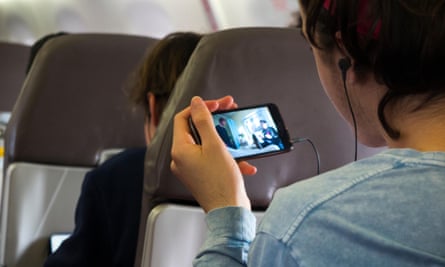
This sense of prioritising which shows do and don’t get subtitles, as well as what form they should take, is picked up by Jess Reid from the charity Action on Hearing Loss. “Ofcom tells us that a third of the UK’s on-demand service providers offer no subtitles at all,” she says. “Within the last week, we’ve had complaints about Britain’s Got Talent having subtitles when shown on TV – and not having this for on-demand. And that is just one example. We regularly get complaints about popular TV shows, from Game of Thrones to Love Island, where people with deafness and hearing loss are still kept out of the conversation.”
Programme-makers, though, do have objections. Elliott Arndt, a director of music videos and short films, has aesthetic concerns about subtitles. “I like to use them as a graphic element of [a] composition, as well as the usual informative tool,” he says. “But that’s not always something I’m after. Sometimes, I’d much rather have to do without and keep an unspoilt image – but the message you’re trying to get across just needs it. So I try to make it a part of the video in an interesting way. I just use it as a graphic, where it comes in to underline specific words at different moments. I think, for a lot of people, it’s hard to feel immersed in the picture if you’re having to read something that’s ‘on’ the picture.”
Like many others, though, Arndt agrees that the mainstreaming of subtitles is doing more good than harm, making visual media more accessible, understandable and dynamic. “Making subtitles obligatory could be a really interesting way to push people to find a new system,” he says, “something that’s not going to ruin the visual experience but also could be more tailored to everyone’s needs.”
Deafinitely Girly is resoundingly positive about the possibilities. “The more people who use subtitles, the better,” she says. “It would be great if they were mandatory across all streaming services and at least 50% of cinema showings.” Such a change would allow her to see new releases at the weekend with her hearing husband. Besides, it would mean that the norm was inclusive, rather than exclusive.
“I find my deafness incredibly isolating at times,” says DG. “You miss out on jokes on social media videos, viral clips don’t mean anything, and you can’t follow the latest news that’s being live tweeted. Subtitles being universal would change that massively.”
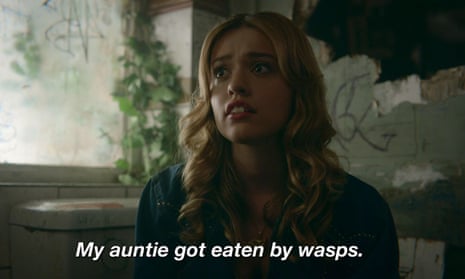
Comments (…)
Sign in or create your Guardian account to join the discussion